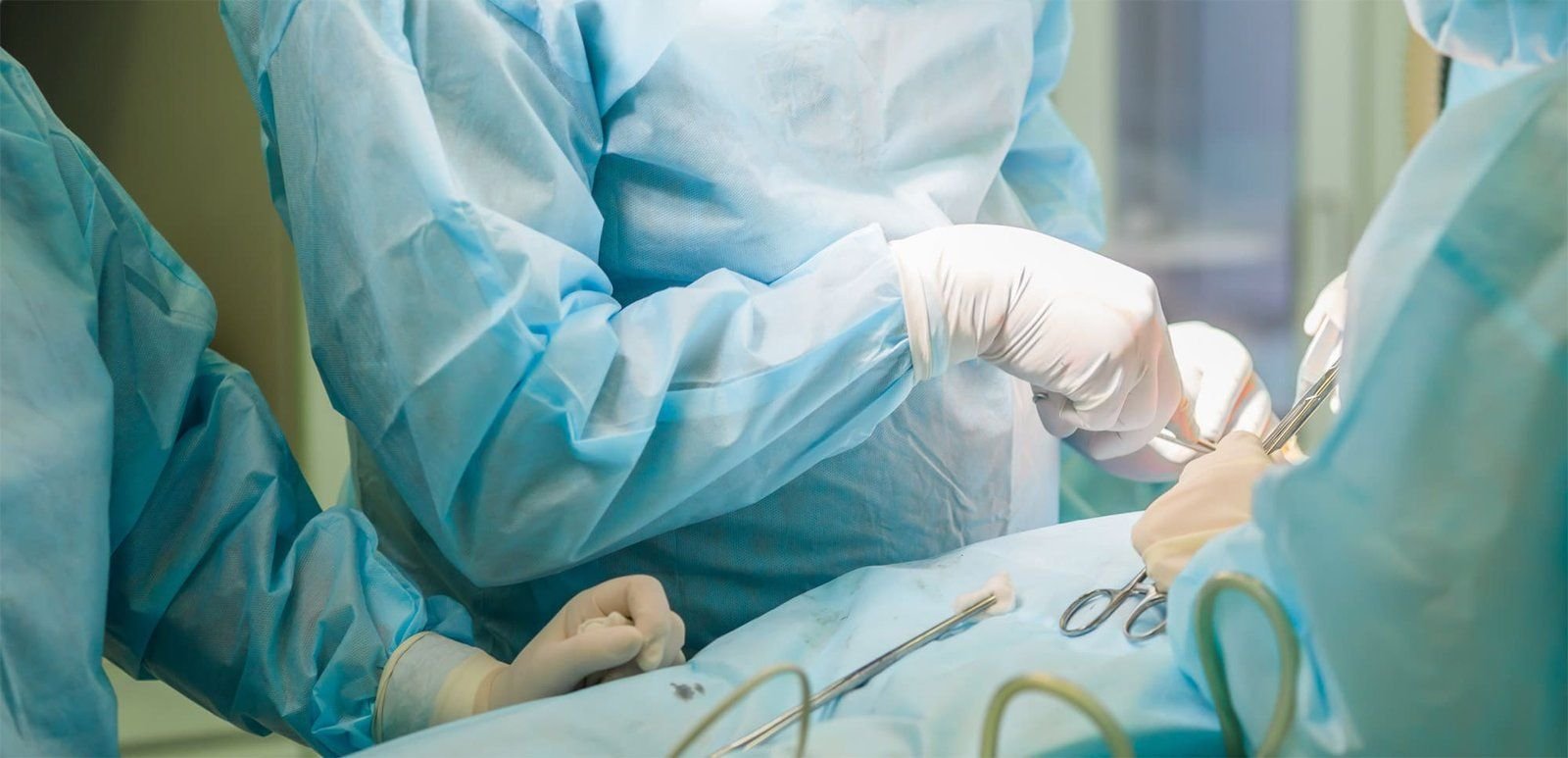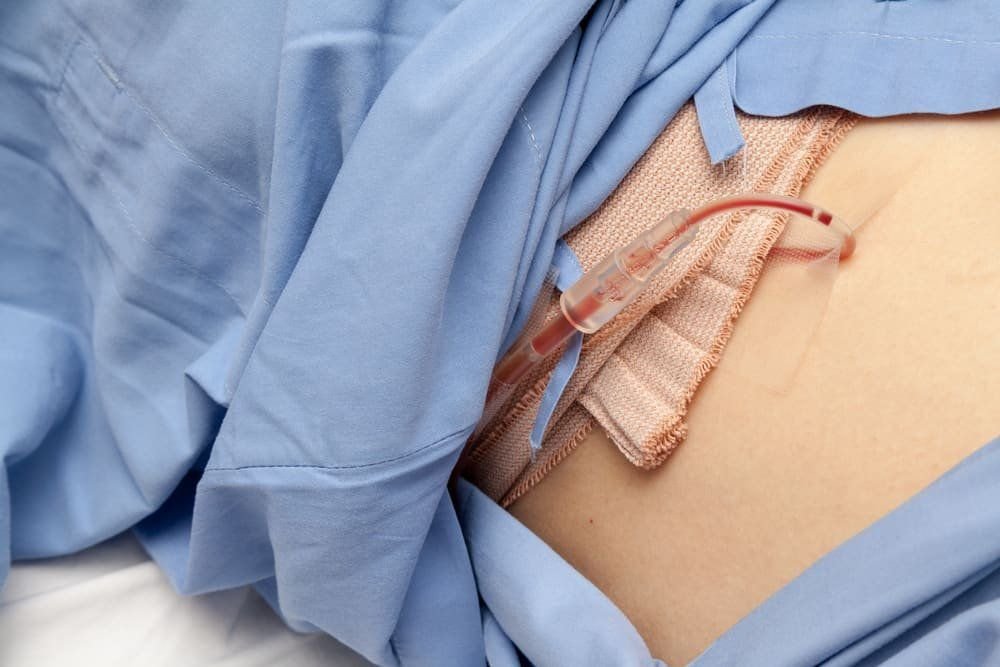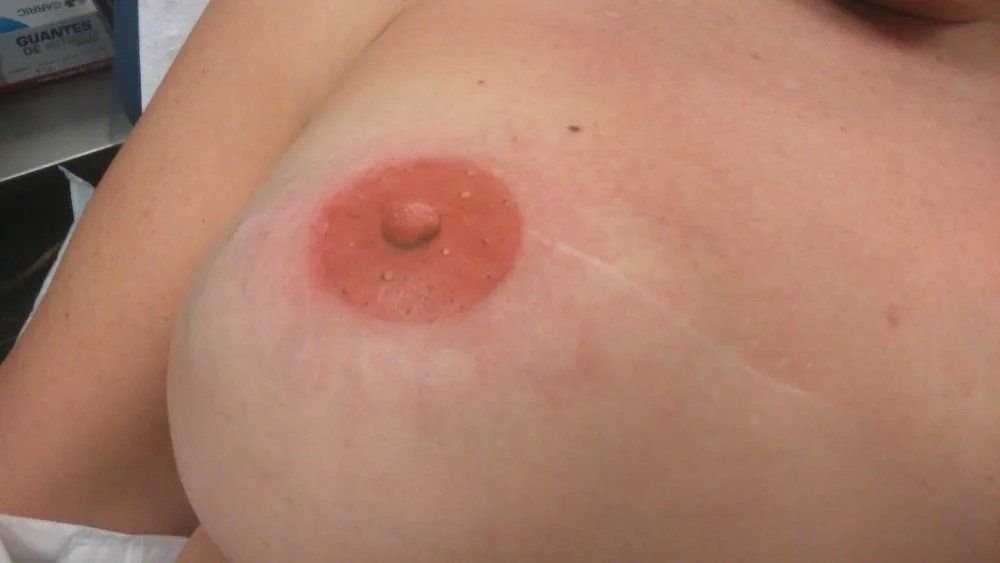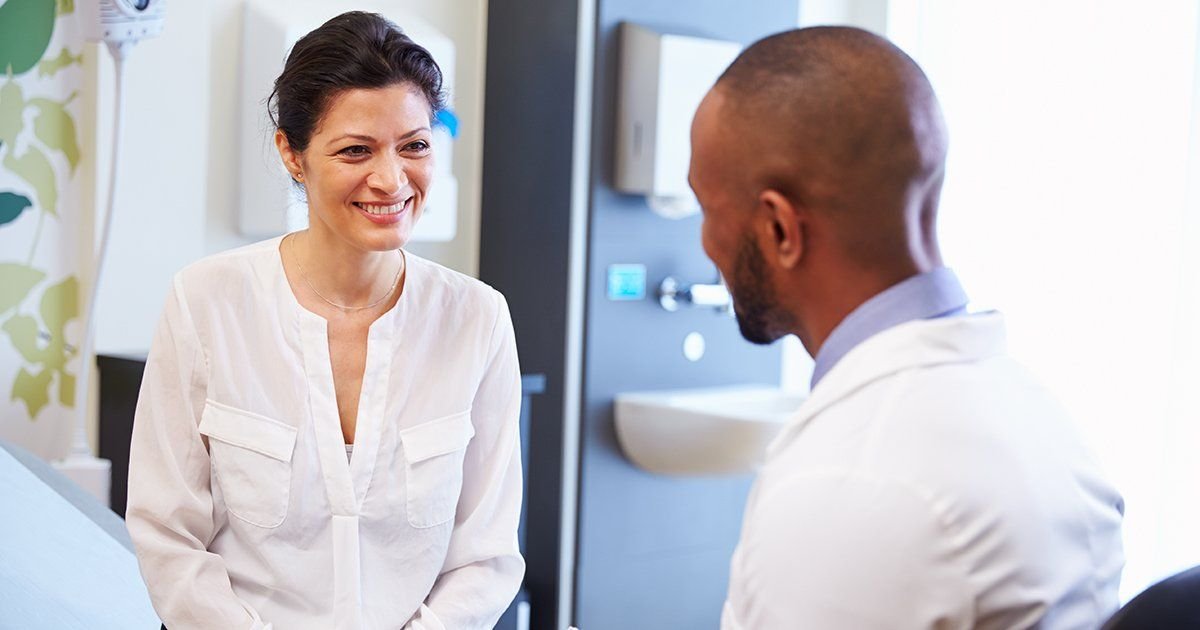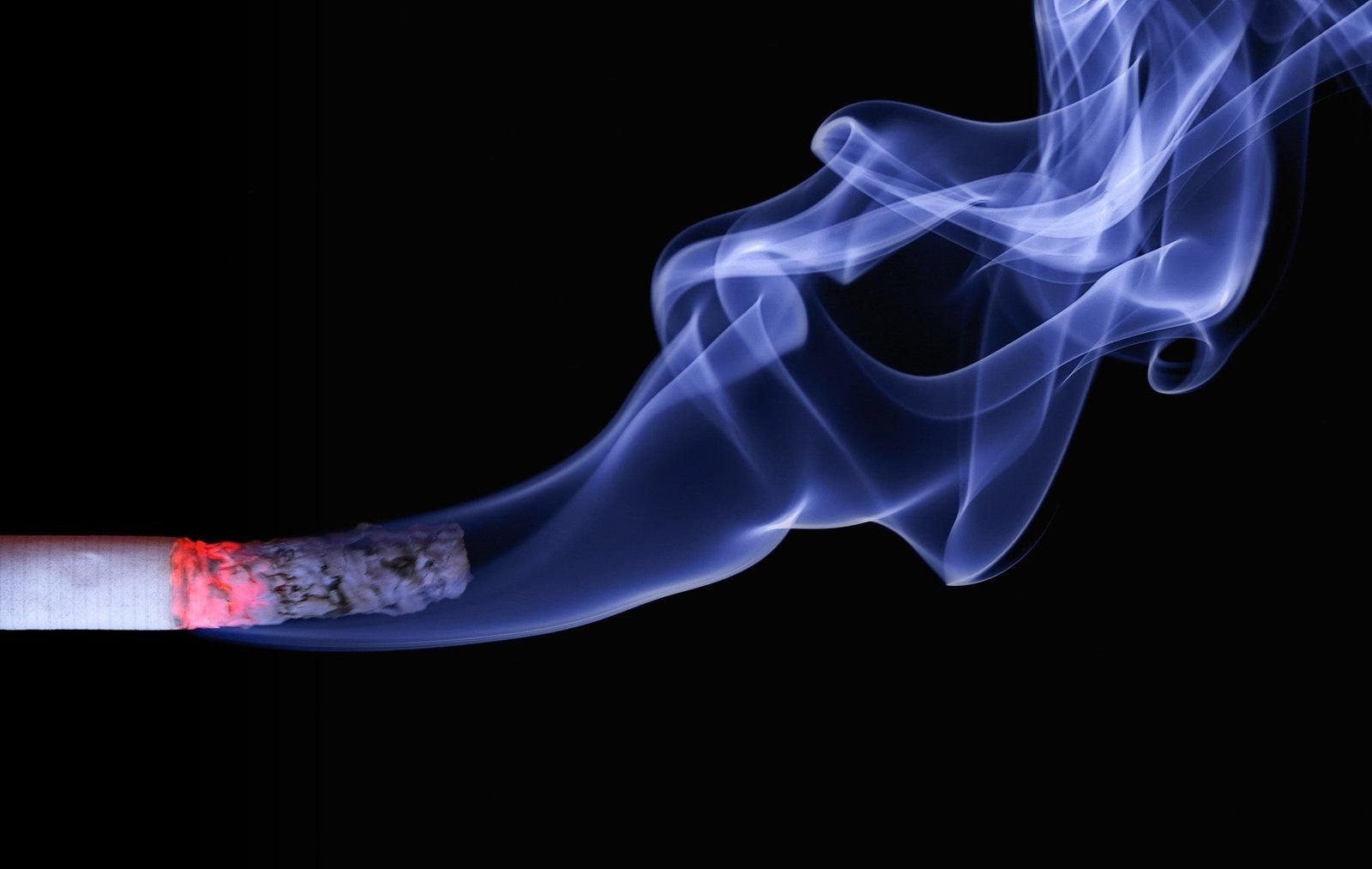Oncoplastic Breast Surgery: What Is It? Am I a Candidate?
Oncoplastic breast surgery is a surgical approach that integrates breast cancer surgery with plastic surgery techniques. Historically, breast conservation therapy, or the combination of a lumpectomy and radiation therapy, was performed to preserve a portion of the breast and still offer patients equivalent survival rates as a mastectomy. However, a traditional lumpectomy often leads to deformity of the breast; this is why combining lumpectomy with a plastic surgery technique has potential benefit for patients. The goal of oncoplastic breast surgery is to improve aesthetic outcomes without compromising the resection and treatment of breast cancer.
In general, ideal candidates for breast conservation are those who have a small tumor relative to total breast size. Oncoplastic breast surgery can be integrated with any lumpectomy procedure, but patients with large breasts or breasts with a fair degree of ptosis (or “droop”) are the optimal candidates. In these cases, the tumor can be safely removed using standard breast reduction or breast lift techniques while also improving the overall appearance of the breast. A balancing breast lift or reduction of the other breast is typically performed simultaneously for symmetry purposes.
Oncoplastic breast surgery can also be a good strategy for women who are wanting mastectomies and reconstruction but also would require post-mastectomy radiation (usually for an advanced cancer or cancer in the lymph nodes). In order to prevent radiating a total breast reconstruction, oncoplastic surgery is followed by radiation. Completion mastectomies and total breast reconstruction can then be performed at a later time after the patient has recovered from radiation therapy.
